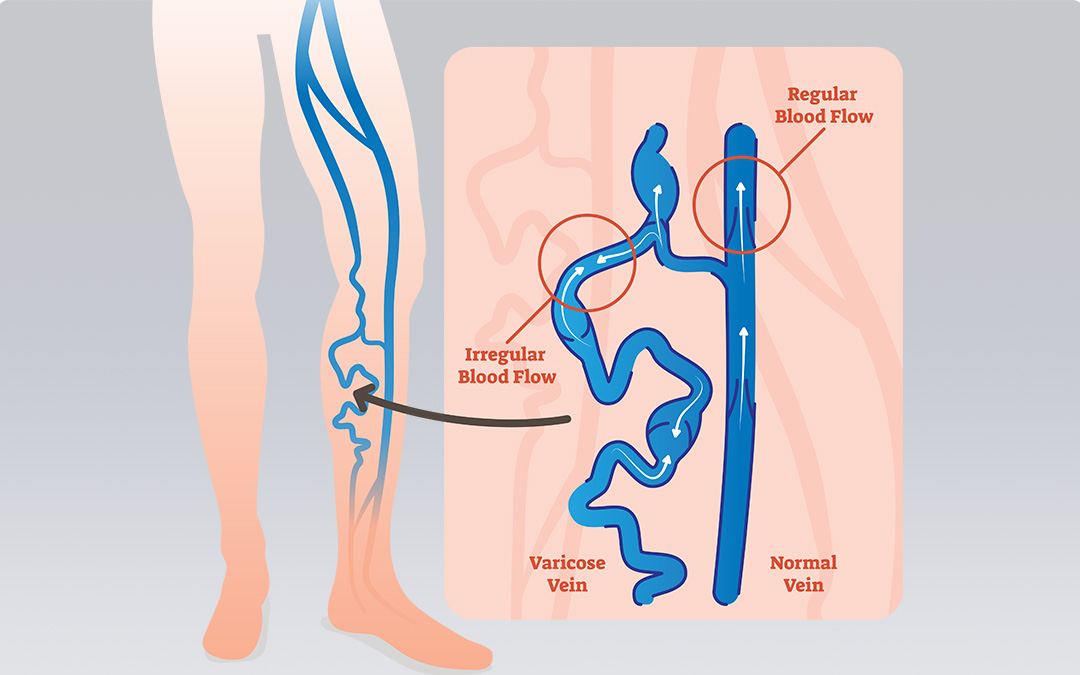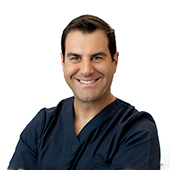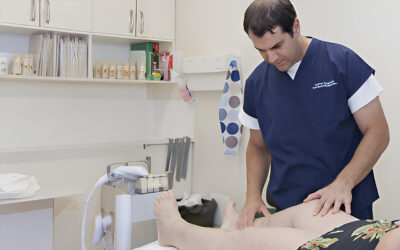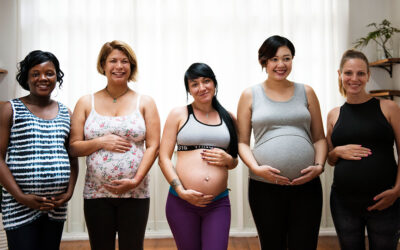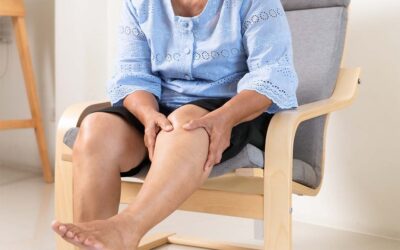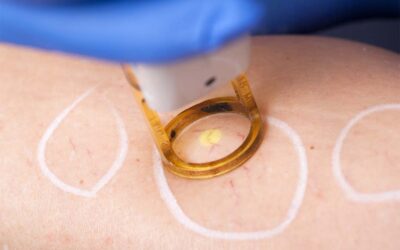The circulatory system can be affected by many conditions, venous disease is one such condition common to the general population. People think that vascular disease only refers to conditions that affect arteries, the vessels that supply our skin and other organs with oxygen and nutrients. Some of these conditions include atherosclerosis (blockage) of the heart, brain, and lower leg vessels, which can lead to heart attacks and stroke peripheral vascular disease.
The truth is that vascular disease can also affect veins, the blood vessels which are responsible for taking used (deoxygenated) blood away from the skin and organs and back to the heart and lungs for repurification.
Venous disease
Varicose veins are the most significant form of vascular disease affecting veins and are known as venous disease or chronic venous disease. It is considered a disease because varicose veins can cause a host of unwanted complications, ranging from swelling of the legs to severe venous ulcers (painful sores on the ankles caused by skin breakdown). Current estimates suggest venous disease affects up to 1-in-2 people and may present as varicose veins, spider veins, and any of the associated complications.
Varicose veins and spider veins may present with symptoms such as leg heaviness, cramping, tiredness, and itchiness which is a sign that blood is pooling within the leg and putting pressure on the overall circulation and lymphatic flow out of the leg. As time passes, varicose veins can lead to leg swelling, pigmentation, eczema, severe skin changes, skin thickening, and eventually ulcers and micro-ulcers.
We recommend you get your varicose veins treated before the signs of advanced disease occur. This is done without a hospital admission and painful surgery which can leave patients with visible scarring and require longer periods of recovery.
Treatments
Laser and radiofrequency technology lets us treat larger internal veins from within, by sealing them off permanently, not removing them. The body naturally absorbs the treated veins and does not replace them with smaller, abnormal veins, which is a common occurrence following traditional surgery.
These technologies combined with accompanying procedures such as sclerotherapy and vein glue to treat the remaining superficial varicose veins and spider veins. Both these procedures involve the use of high-tech ultrasound to help identify veins accurately and specifically to ensure the treatments are as thorough and complete as possible.
What are the advantages of the latest varicose vein treatments?
They are:
- Minimally invasive, non-surgical
- Relatively painless procedures
- Performed under local anaesthetic
- No significant recovery time, walk-in, walk-out procedure
- Enduring results when treatment is performed by an experienced, well-trained phlebologist.
And the results in experienced, well-trained hands are enduring.
So, if you have varicose veins or spider veins and have noticed any symptoms or signs of venous disease, as mentioned above, please do not hesitate to contact us at Vein Health Medical Clinic. Our doctors are highly trained and credentialed to deal with the full spectrum of vein problems, in fully accredited (NSQHS) facilities and with the highest quality duplex ultrasound and innovative technology.
Your Vein Health is our number one priority.
Key Takeaways
- Venous disease is a vascular disease affecting the veins (blood vessels responsible for returning deoxygenated blood to the heart and lungs).
- It’s estimated that 50% of the population is affected by varicose veins, spider veins, and their related symptoms.
- Painful symptoms include leg heaviness, cramping, tiredness, and itchiness. But left untreated, the symptoms may worsen into increasingly painful symptoms, including open sores that are difficult to heal.
- Non-invasive treatments available at Vein Health include sclerotherapy, endovenous laser ablation, radiofrequency ablation, and VenaSeal medical glue.
More About Varicose Vein Treatments

